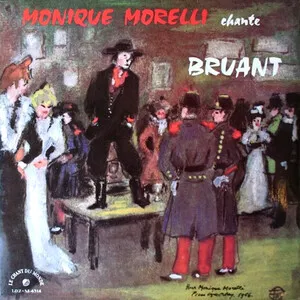Chanson réaliste is a French song style that emerged from Parisian cafés-concerts and cabarets at the turn of the 20th century. It is characterized by stark, dramatic storytelling about working‑class life—love, loss, poverty, crime, and resilience—delivered with theatrical intensity.
Musically, it often uses minor keys, slow-to-moderate tempos, and lilting waltz or musette rhythms. Arrangements are typically intimate—accordion, piano, small ensemble—so that the voice and text remain central. The performance aesthetic is noir and minimalist—spotlit vocals, conversational phrasing, pronounced rubato, and a torch‑song sensibility.
The genre became a defining voice of interwar Paris, enduring through mid‑century via iconic interpreters such as Édith Piaf, and it shaped the narrative, text‑driven tradition of modern French chanson.
Rooted in the cafés‑concerts and cabarets of Paris (Montmartre, Belleville), chanson réaliste arose in the 1890s as performers adopted a more truthful, street‑level storytelling approach. Early figures such as Aristide Bruant and Yvette Guilbert bridged satirical cabaret and poignant narrative song, while the growing bal‑musette scene supplied waltz patterns and the sound of the accordion.
The style crystallized between World War I and World War II. Singers like Fréhel, Damia, and Berthe Sylva popularized intense, minor‑key ballads about urban hardship, heartbreak, and survival. The music remained sparse and accompaniment‑driven (piano/accordion/small ensemble), with vocal delivery foregrounding text, rubato, and dramatic dynamics. Recordings, radio, and music‑hall circuits spread the style across France and beyond.
Édith Piaf became the international emblem of chanson réaliste, transforming its core traits—concentrated storytelling, emotive declamation, lyrical fatalism—into widely beloved torch songs. Orchestration sometimes expanded, but the intimate, text‑first ethos remained. The genre increasingly intersected with the broader category of chanson française.
With the rise of youth‑oriented pop (e.g., yé‑yé), chanson réaliste receded from the mainstream. Its DNA, however, persisted in the French singer‑songwriter tradition and in later revivals of cabaret noir aesthetics. Contemporary dark cabaret and theatrical pop frequently draw on its moody storytelling, minor‑key harmonies, and spotlighted vocal intensity.

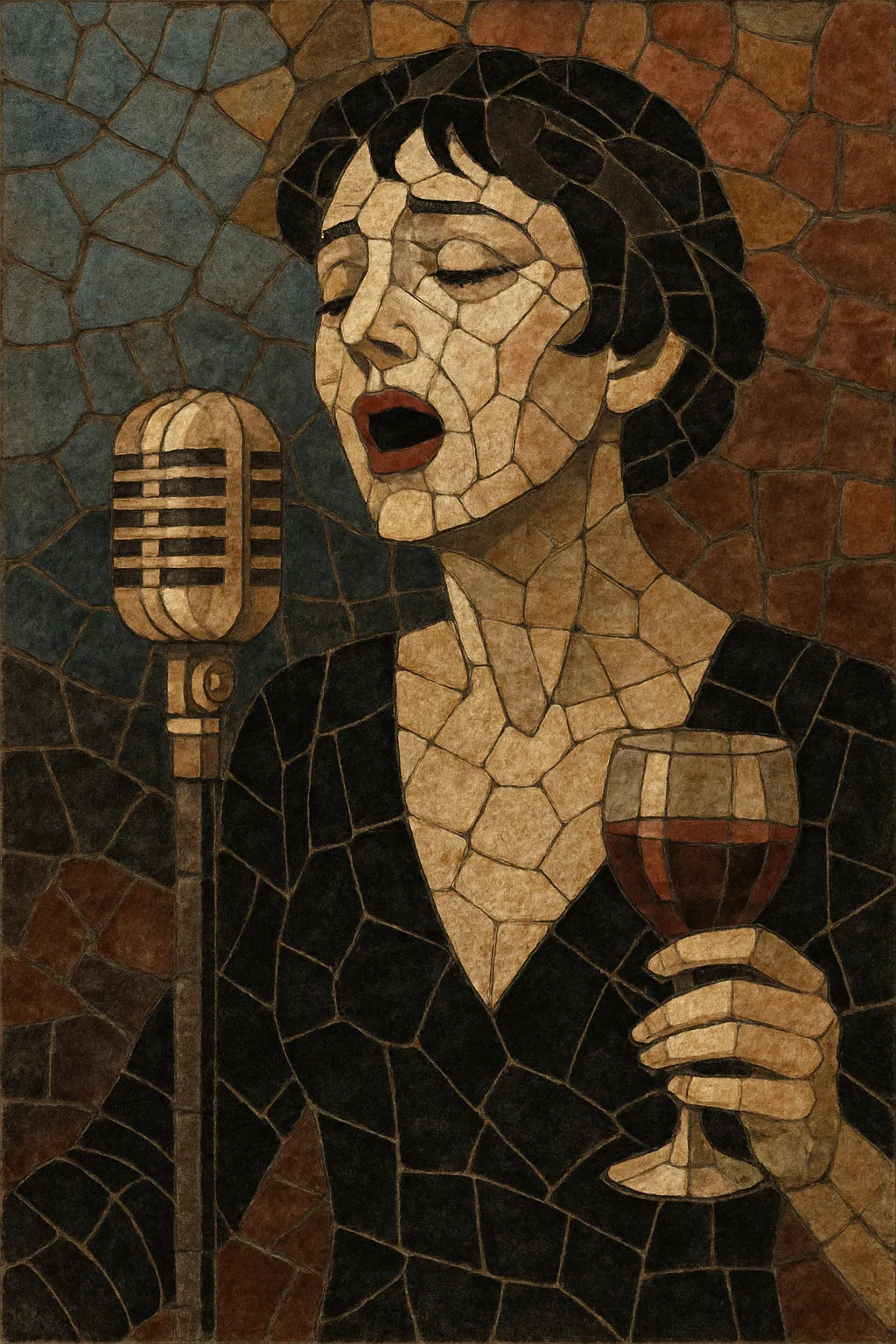
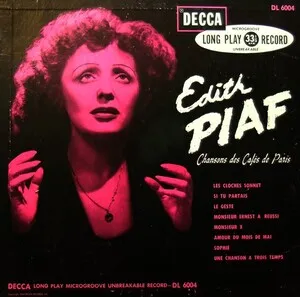
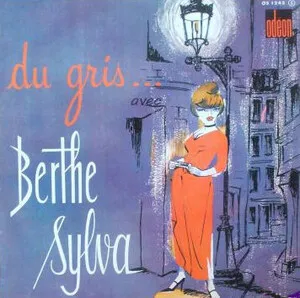
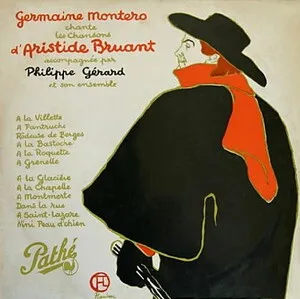
%2C%20Cover%20art.webp)
